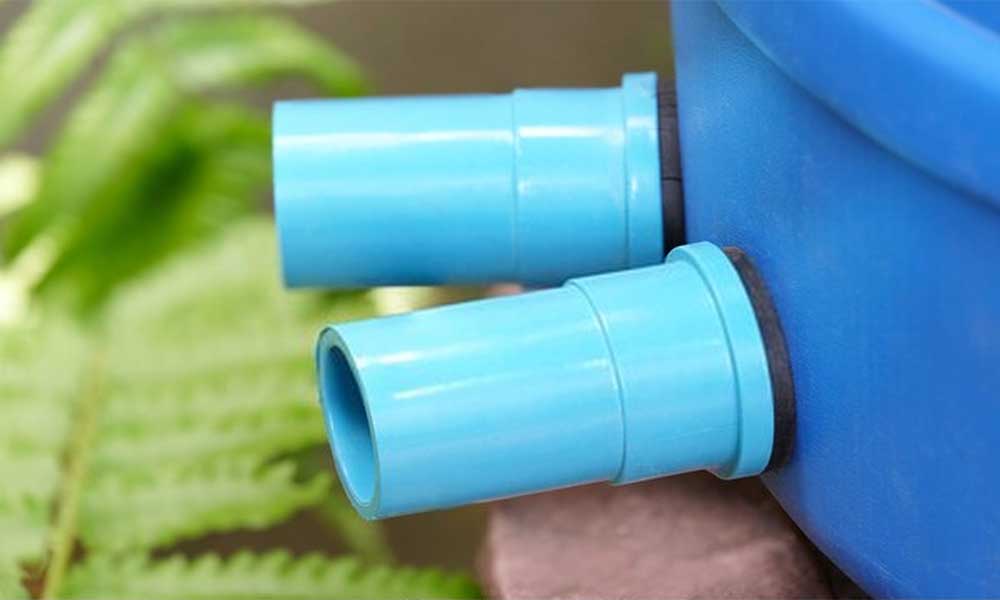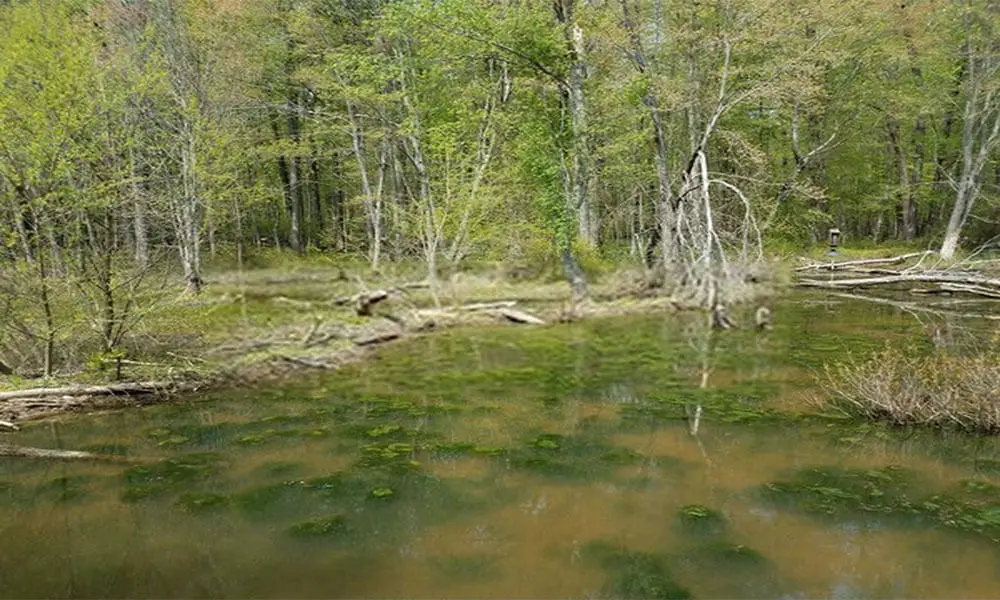Products recommended in this post contain affiliate links. If you buy something through our posts, we may receive a commission at no extra charge to you. See our full disclosures here.
Highlights
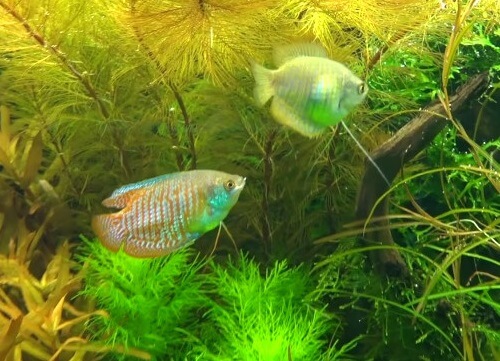
About Dwarf Gourami
Dwarf Gouramis are native to Asia where they can be found in slow moving streams, rivulets and lakes with plenty of vegetation. The Dwarf Gourami is one of the smallest and most popular member of the Gourami family, which also includes the Moonlight, Honey, Three Spot Gourami...
Dwarf Gouramis have an oval-shaped body with strong lateral compression. They have long filamentous-like ventral fins. The anal and dorsal fins begin in the frontal part of the body, and extend nearly to the fan-shaped caudal fin. Male Gouramis are more colorful and slightly larger than females when mature. Several color variants have been bred though, some of which also have colored females.
Dwarf Gouramis are now available in the Neon Blue, Flame Red, and Cobalt Blue.
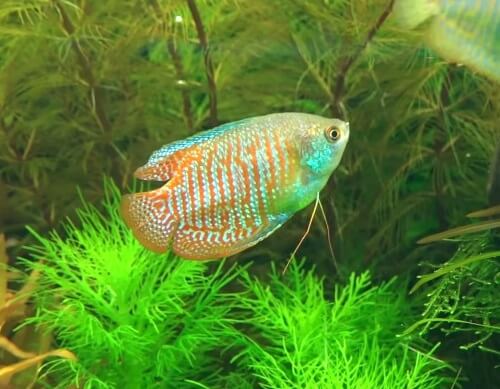
Turquoise/ Neon Blue
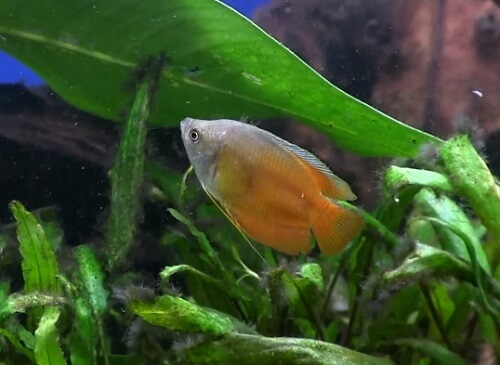
Flame Red
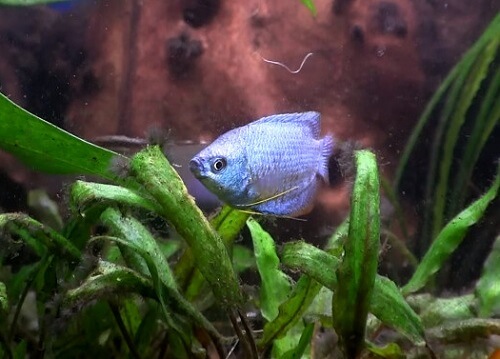
Cobalt (Powder) Blue
Tank setup
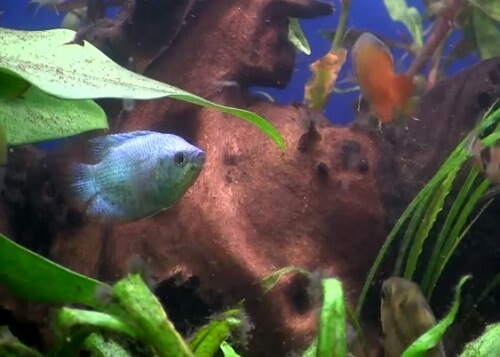
The aquarium should be heavily planted with plenty of open swimming space. Floating aquarium plants help to dim the light that is especially important to their sense of security. A darker substrate is also recommended to help show-off the Gourami's colors. They can be skittish when subjected to noise so they should be kept in a quiet location.
They are Labyrinth fish, like Betta fish, meaning they breathe directly from the air, and must have access to the water surface. If they are not allowed to access to the air then they will die. A fish tank hood is also important to keep the atmosphere over the water very humid and as warm as the water.
The Dwarf Gourami does well in established aquariums with pH of 6.5-8 and dGH of 4-18. Water temperature should be between 73-82°F (23-28°C) so the tank should be acquired an aquarium heater to keep them healthy. They are very sensitive concerning the water conditions. In poor water conditions it is susceptible to diseases. For that reason, frequent water changes must be performed to ensure good water quality.
Temperament and tankmates
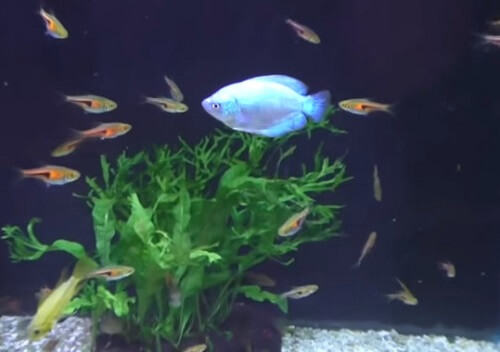
Male Dwarf Gouramis are territorial and known to spar with each other. So it is best to keep them in pairs or one male with two females. Although most of time they are peaceful to their tankmates, they can harass or kill smaller or long-finned fish. Be careful when choosing tankmates if you want to have a community aquarium with a variety of species.
While they will do well in a peaceful community tank, a species-specific tank is also a common option. A 10 gallon fish tank is just enough for three Gouramis and a Pleco to live happily. In larger planted aquariums, Gouramis do well with so many other species like Harlequin Rasboras, Danios, Loaches, Mollies, Silver Dollars, Tetras, Plecos, Corydoras, Otocinclus...
Other anabantoids like Bettas or gaudy species such as Guppies are not suitable tankmates because they will cause some male Dwarf Gouramis to become very aggressive. They should also not be kept with large, aggressive fish.
Fish foods and feeding
They are omnivore and feed on most foods you give them. They should be fed both flake foods and meaty foods such as bloodworms, tubifex, and brine shrimp. Occasionally feeding of frozen or live foods benefits their health and coloration.
You should feed them twice times a day with the amount they can consume in 2-3 minutes. Leftover food should be removed as soon as possible because they will compromise the water quality and negatively affect the health of your fish.
Breeding

Male (below) and female (above) Dwarf Gouramis
Male Gouramis are more colorful and slightly larger than females once mature. The most specific thing to determine the sex is the dorsal fin. The dorsal fin of the male have a pointed shape near the caudal fin while it is more rounded in the female.
Breeding Dwarf Gouramis is not difficult. Prepare a 5-10 gallon breeding tank with a sponge filter and heater. Place the tank somewhere that is not in direct sunlight. Floating plants are recommended to sudden the light and add some to help for the male to built a bubble nest, which helps to keep eggs until they hatch. Make sure the filter is running well and the heater is on at 80-82 degrees Fahrenheit.
Keep the tank covered! If you don't keep the tank covered with plastic wrap or something like that, the fry will get pneumonia and die, because they have to breath air the same temp as their water.
Introducing the pair to the tank for breeding. They should mate in a day or two. If the female has been in the tank for three days and they still haven't shown any signs of mating, remove her and try again later. Keep a close eye on them. If the male is very aggressive towards the female, remove her and try later. Let's just assume they did mate, so now continue to read.
The male will create a bubble net on the water surface. During the spawning process, the female gives eggs and the male fertilize and then put them into the bubbles by his mouth. After the spawning is complete, the male will chase the female off. That is the time you should remove the female and put her in a nurse tank to help heal her.
For the next few days, the male will guard and tend the nest. He will clean the eggs, pick up and put the ones that have fallen out back into the nest, repair the nest in some spots, etc. The eggs should hatch in a couple days, and when they do, the nest should look hairy. The male will care for them until they are free swimming. Don't feed the fry until they are free swimming. Don't feed the male while he's guarding the nest, as it could activate his appetite so he will eat his fry. Remove the male when the fry are free swimming (swimming horizontally).
Feed the fry their first meal when the male is removed. You will have to feed the fry with infusoria and roftiers, then with Artemia. The fry must be frequently sorted according to size or else cannibalism will occur.
Top Editor's Choice on Dwarf Gourami Live
[amazon bestseller="Dwarf Gourami Live" filterby="price" filter="30" filter_compare="more" filter="available" orderby="percentage_saved" order="desc" template="list" items="10" tracking_id="tnk0c-aawp-cro-b-20"]Subscribe to our Newsletter!
Join our mailing list to receive the latest tips and news of our blog.


